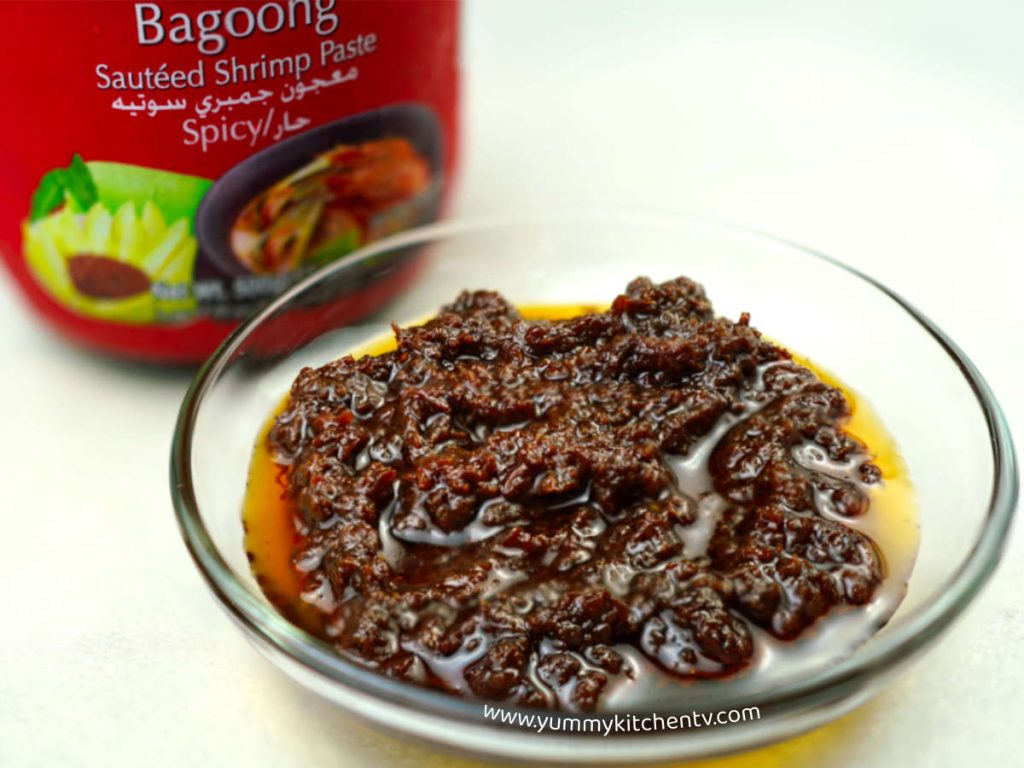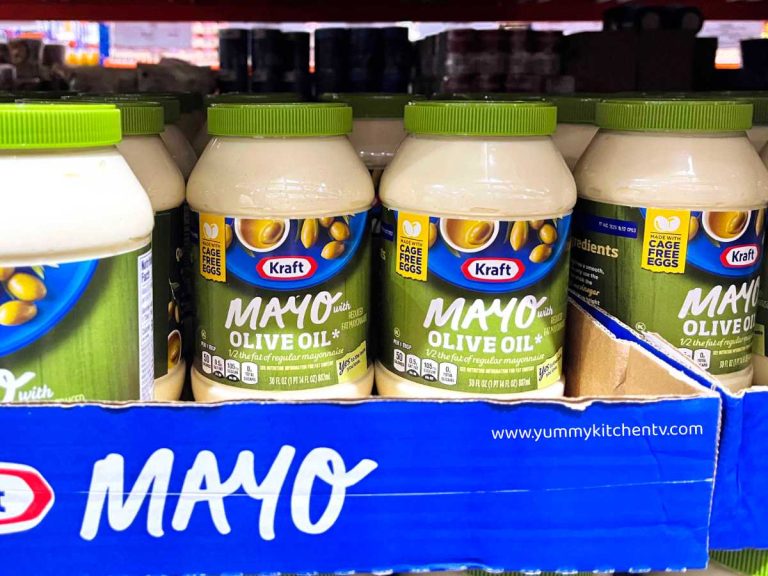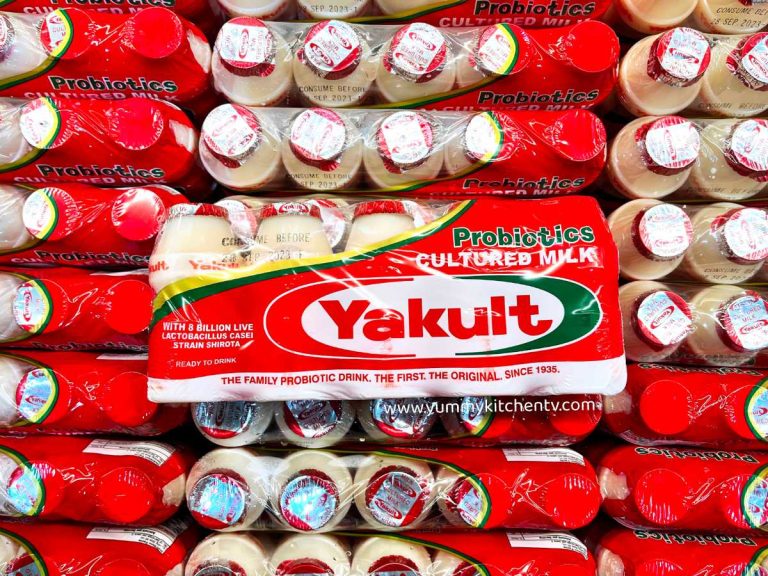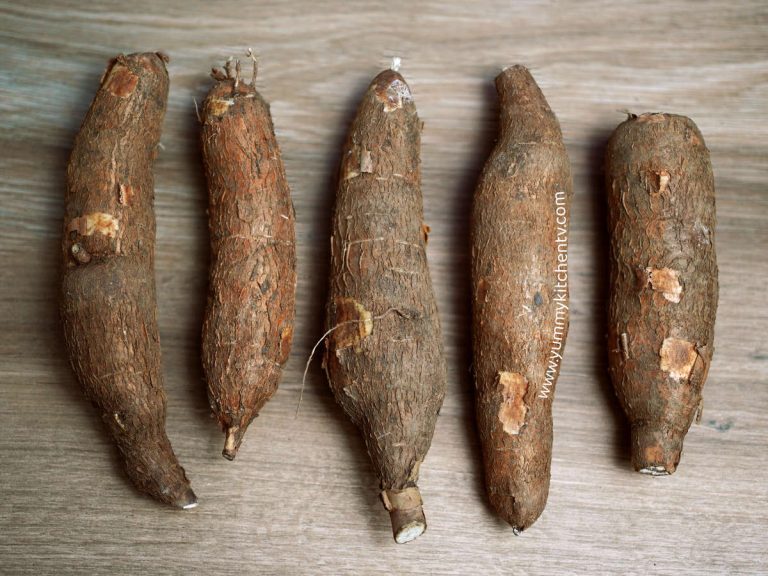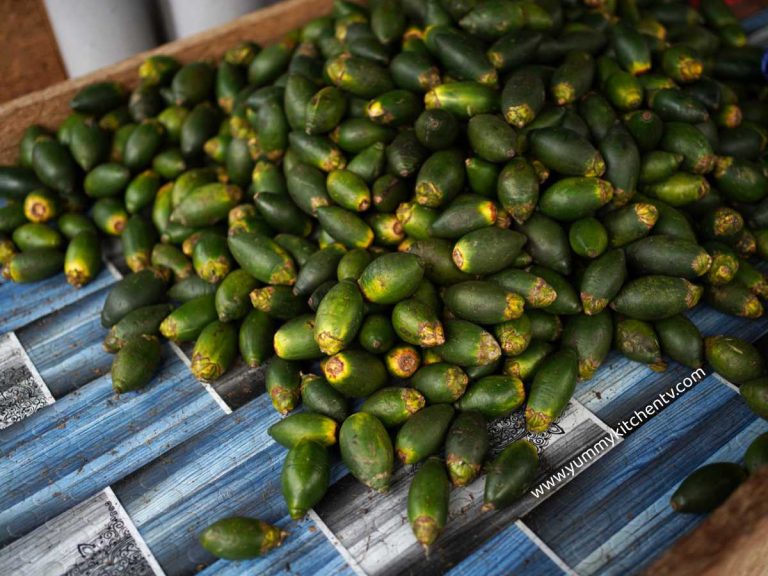Bagoong in the Philippines
What is Bagoong in the Philippines? Bagoong or in English shrimp or fish paste is a Filipino condiment is seen as either the negatively pungent condiment, or positively as the secret weapon that enlivens basic Filipino dishes. a condiment made of krill, different types of fishes, or shrimp, fermented with salt for weeks to a few months. It’s actually addicting for those who have given them a try.
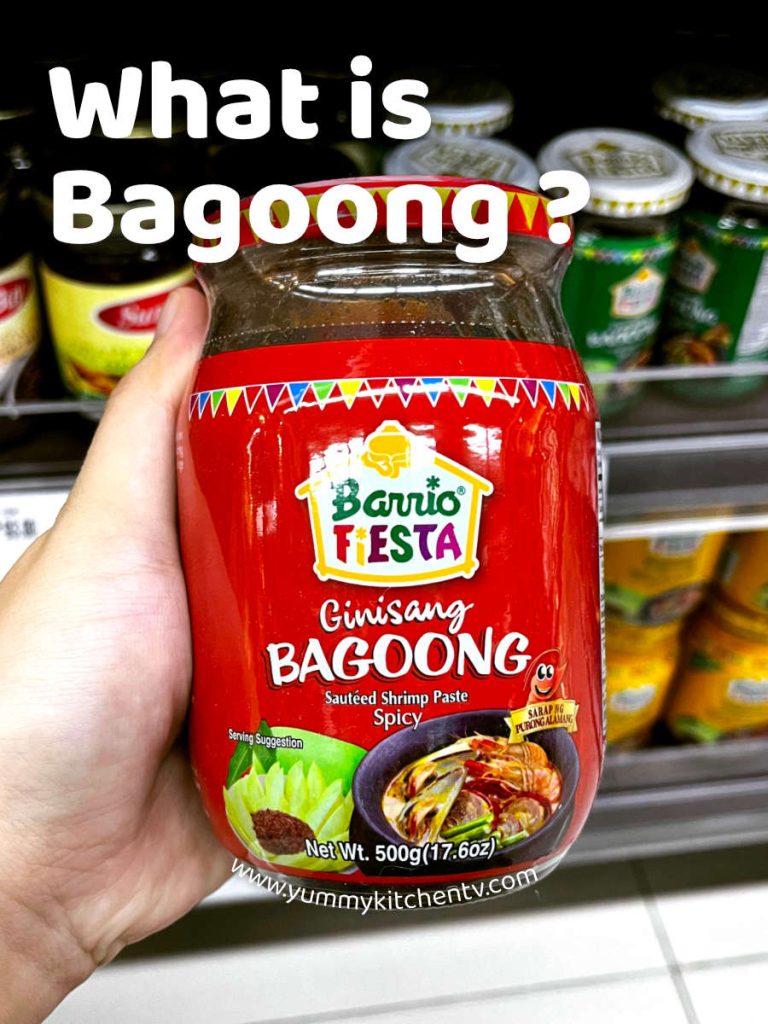
History of Bagoong in the Philippines
The Bagoong origin, is a Filipino made dish, a traditional recipe made with Filipino main ingredients, mixing with the existing fermentation process from the Greco-Roman era. Though there are also similar fish paste products around Southeast Asia such as ‘trassi’ from Indonesia, ‘nam-ca’ in Vietnam, ‘belachan’ in Malaysia, ‘ngappi’ in Burma, and ‘kapi’ in Thailand.
Bagoóng pronounced ‘buh-goo-ong’ is a condiment made of either fermented fish, or another variety, the Bagoong Alamang which is made of krill or shrimp. The liquids strained from the fermentation process also make ‘patis’ or fish sauce. Bagoong or ‘Bagoong isda’ a name used to encompass any bagoong types; in Luzon and the northern parts of Visayas these are mostly made of anchovies, dilis, or bonnetmouth (known as redbait or terong). Named ‘bagoong dilis’ and ‘bagoong terong’ respectively. In Southern Visayas and Mindanao, some are also made of anchovies but are named ‘ginamos’, with larger fermented fish called ‘tinabal’. Some bagoong types also include; herrings (lila), gobies (ipon), rabbitfish or padas, silver perch (ayungin), ponyfish, and round scads (galunggong). Rare seafood bagoong may include clams, oyster, and shrimp roe. This bagoong can be found at a town in Batangas named Balayan which is also the name for this shellfish based condiment ‘bagoong Balayan’. But if you ask where to find the best bagoong, you can probably find it at Lingayen, Pangasinan. It’s said that the ideal humidity in Pangasinan makes it the best place for production.
Prepared by mixing the choice of cleaned fish, or any seafood with salt, usually by hand. Kept in earthenware jars used for fermentation. Covered for 1 to 3 months, occasionally stirred to make sure the salt is distributed evenly, as the mixture does expand during the process. These turn from white to a pale gray color to pink or almost red because of the addition of “Angkak” or red yeast rice, a species of red mold, used as a natural food coloring agent.
An ‘exotic’ dish that depending on whomever you ask, could be the make or break ingredient to the dish. This staple flavorfully innovative Filipino condiment may be a bit pungent, but the taste quickly makes up for it.
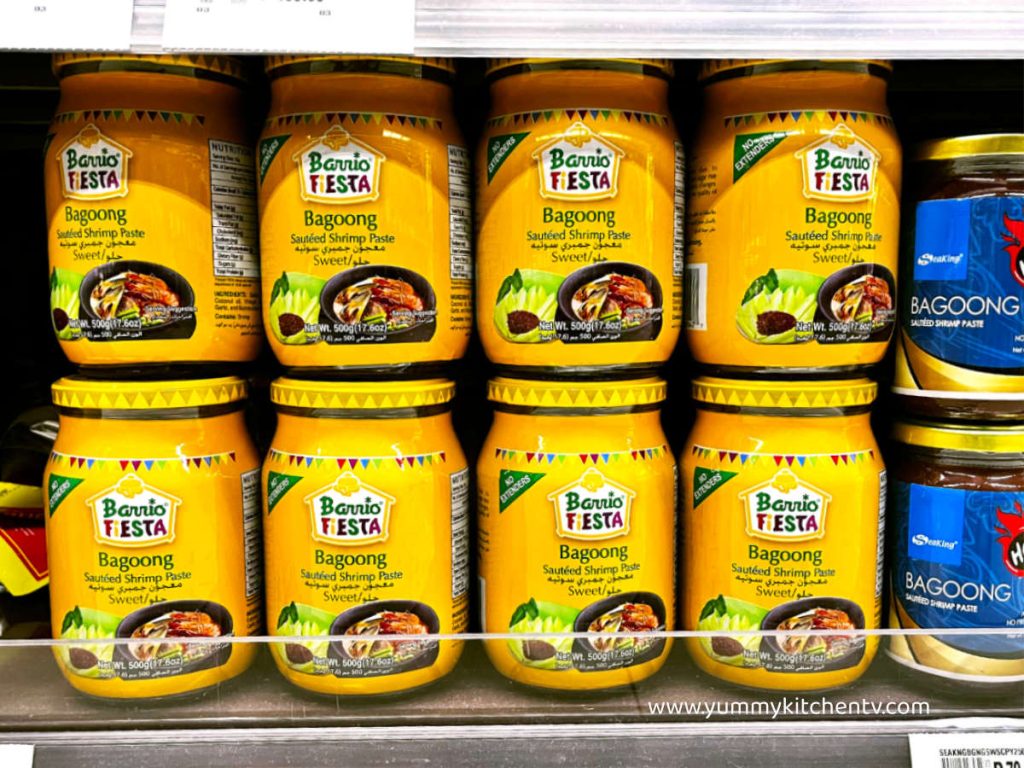
Filipino dishes that use Bagoong
From a variety of Bagoong in the Philippines, to now more modern vegan bagoong made to suit other diets. This special condiment is sure to shock you into loving it. Here are just some examples:
- As a dipping sauce for unripe or green mangoes, a dish called ‘mangga with bagoong’. The easiest way to eat the bagoong sauce, in the summer you’ll find these being sold by street vendors. A great salty and sweet snack.
- Bagoong fried rice, another easy way to mix in this delectable ingredient. Fry it with the meat or aromatics before adding the rice. Also great as a rice topping if you don’t have any main dish or are too tired to cook. This can be your easy fix for a quick meal.
- Pinakbet recipe with bagoong, a vegetable based dish made of your usual aromatics, tomatoes, eggplant, string beans, tomatoes, squash, bitter gourd and okra, sometimes with a few pieces of chopped pork for added flavor. Made even better with the condiment.
- Binagoongan, a very porky dish made with spoonfuls of bagoong, and few veggies. Great for those who love the taste and need more of that protein and vegetables.
- Bicol Express, a creamy dish with the choice of meat simmered in coconut cream, made spicy with a handful of chillies, and even better with the pink condiment.
- Vegetable stir-fry, adding it into a simple stir-fry is a simple yet effective way to get your bagoong cravings in bay. Try it with string beans, bitter gourd, or squash.
Some may just think of it as ‘that stinky condiment in most Filipino fridges’ but to others who have given it a try, it’s a ‘flavor bomb that completes the dish’. Bagoong in the Philippines are added as a side, seasoning, sauce, mixed into the dish, or humbly placed over rice to be made into a meal. This condiment is a good way to instantly revive your taste buds, with its strong salty, umami, interesting taste.
